In the world of camouflage masters, one serpentine species stands out for its remarkable ability to disappear into plain sight—the pebble-mimicking snake. This extraordinary reptile has evolved one of nature’s most effective disguises, allowing it to blend seamlessly with rocky terrain and gravel paths. Its body patterns and coloration so perfectly match its surroundings that even the most observant hikers and wildlife enthusiasts can walk right past without noticing. This evolutionary marvel represents one of the most fascinating examples of cryptic coloration in the animal kingdom, demonstrating how natural selection can produce adaptations that border on optical illusion. Let’s explore the world of these masters of disguise and understand how their camouflage capabilities help them survive in their challenging environments.
The Art of Disappearing: Understanding Pebble Snake Camouflage
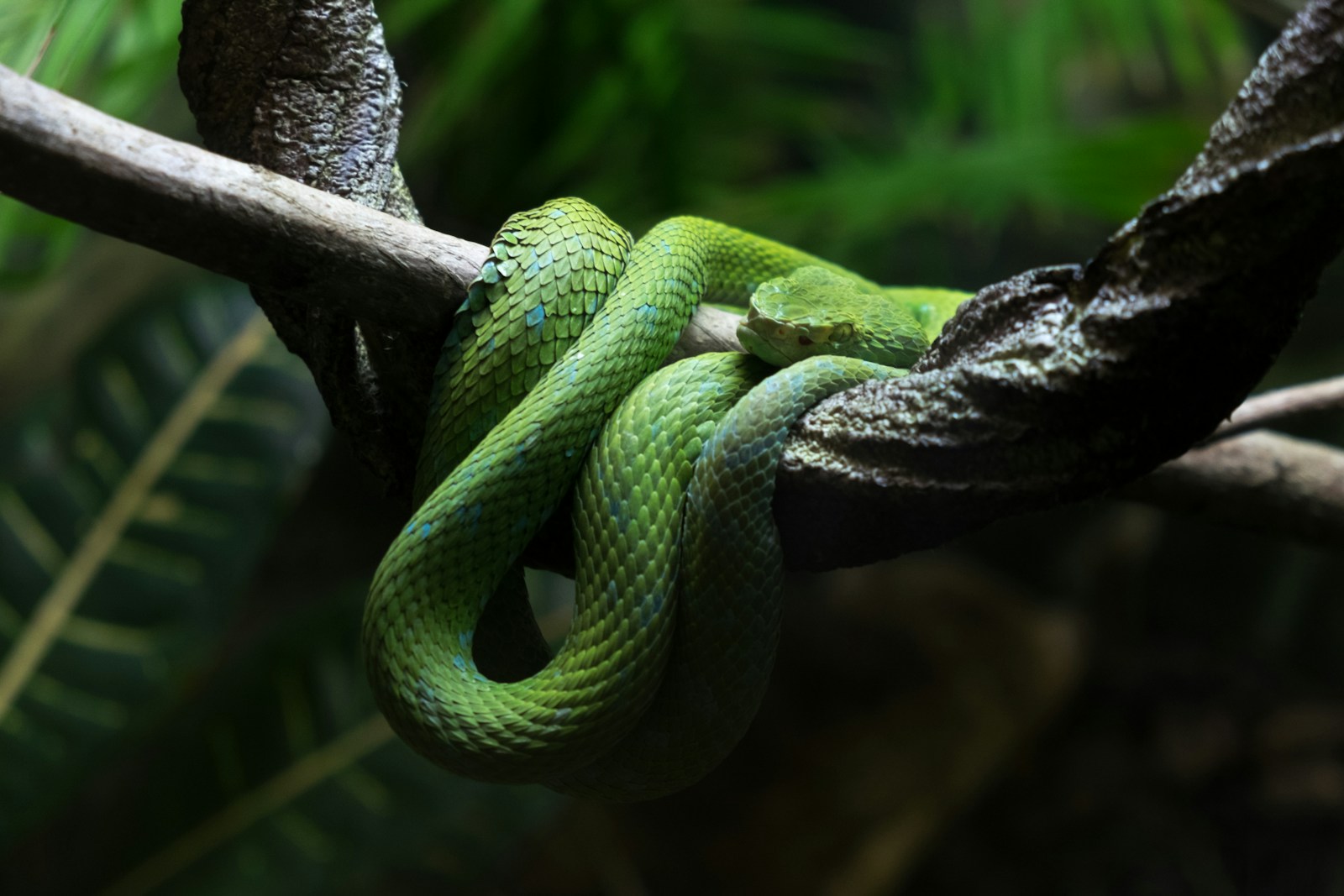
The pebble snake’s camouflage represents one of nature’s most refined examples of cryptic coloration, a survival strategy developed over millions of years of evolution. Unlike many reptiles that simply match general background colors, these specialized snakes have developed intricate patterns that precisely mimic the size, shape, and varied coloration of small rocks and pebbles found in their native habitats. Their scales feature an irregular mosaic of grays, browns, tans, and occasionally subtle hints of rust or cream that perfectly replicate the mineral variations found in natural stone. This extraordinary adaptation goes beyond mere coloration—the snake’s body texture and the way light reflects off its scales further enhance the illusion, creating what biologists call “disruptive coloration” that breaks up the snake’s outline and makes it virtually indistinguishable from its surroundings.
Meet the Masters: Species That Employ Pebble Camouflage

Several snake species across different families have independently evolved remarkable pebble-mimicking abilities, with the most notable being members of the viper family. The Saharan horned viper (Cerastes cerastes) features a sandy, stone-like pattern that allows it to disappear among desert gravel and rocky outcroppings. Another outstanding example is the Mountain adder (Bitis atropos) of Southern Africa, whose intricate pattern of irregular blotches creates a stunning resemblance to scattered stones. In North America, the Western hognose snake (Heterodon nasicus) displays variable coloration that can closely match gravelly substrates in its prairie habitat. The Iranian spider-tailed viper (Pseudocerastes urarachnoides) takes this camouflage to another level, not only matching pebble coloration but using its uniquely shaped tail as additional mimicry. Each of these species demonstrates convergent evolution—developing similar adaptations despite distant genetic relationships—highlighting how powerful the selective pressure of predator avoidance can be.
Evolutionary Origins: How Pebble Mimicry Developed

The evolution of pebble-like camouflage in snakes is a fascinating example of natural selection at work over immense time scales. Scientists believe this specialized mimicry began with subtle color mutations that provided even slight survival advantages to individuals that better matched their surroundings. Over thousands of generations, snakes whose coloration and patterns more closely resembled stones were more likely to survive predator encounters and reproduce, passing these beneficial genes to their offspring. Genetic analysis suggests these adaptations accelerated during periods of environmental pressure, particularly when predator populations increased or habitats changed. The development wasn’t simply about color—scale texture, body shape, and behavioral adaptations co-evolved simultaneously to perfect the disguise. Interestingly, fossil evidence indicates that some ancient snake species showed early versions of this adaptation millions of years ago, suggesting pebble mimicry is an ancient and highly successful evolutionary strategy that has been refined over eons.
Perfect Stillness: Behavioral Adaptations That Enhance Camouflage
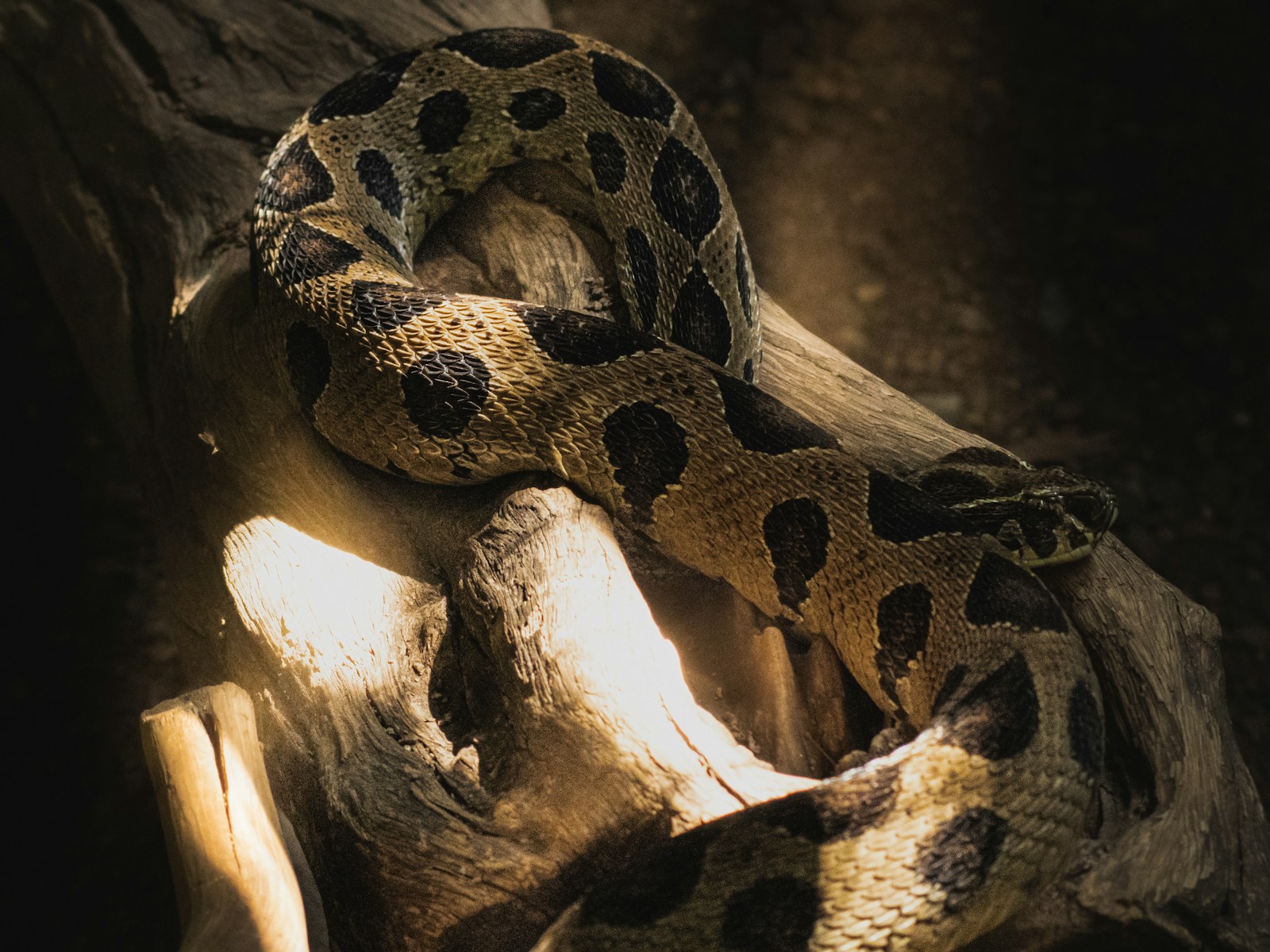
While the physical appearance of pebble-mimicking snakes is remarkable, their behavioral adaptations are equally important to the effectiveness of their disguise. These serpents have mastered the art of remaining perfectly motionless for extended periods, sometimes hours at a stretch, eliminating the movement that might otherwise give away their presence. When sensing potential danger, many species will freeze in a position that maximizes their rock-like appearance, often curling into irregular shapes that break up their body outline. Some species even employ specialized breathing techniques that minimize visible chest movement, making their stillness nearly absolute. This behavioral stillness is not innate but learned and perfected as the snake matures, with juvenile snakes typically showing less precision in their freezing behavior. The combination of visual mimicry and behavioral adaptation creates a multi-layered deception that has proven remarkably effective against both predators and prey alike.
Habitat Specialists: Where Pebble Snakes Are Found

Pebble-mimicking snakes are primarily found in specific habitats where their specialized camouflage provides maximum advantage. Rocky deserts, dry riverbeds, gravel plains, and sparsely vegetated mountain slopes represent their primary domains, where the predominance of stone and scarcity of vegetation make their disguise most effective. Particular hotspots for these specialists include the rocky regions of the American Southwest, the stone deserts of North Africa and the Middle East, and the gravelly slopes of mountain ranges in Southern Africa. Interestingly, some species show remarkable microhabitat specificity, with populations evolving coloration that matches the exact mineral composition of stones in their immediate vicinity. Scientists have documented cases where snake populations separated by just a few miles display distinctly different color patterns to match local rock types. This specialized distribution means that many pebble-mimicking species have relatively restricted ranges compared to more generalist snake species.
Hunting in Disguise: Ambush Strategies

The extraordinary camouflage of pebble-mimicking snakes serves not only as defense but as a sophisticated hunting strategy that allows these predators to secure meals with minimal energy expenditure. Most of these species are ambush hunters that will position themselves along small animal trails or near water sources, becoming virtually invisible until prey comes within striking distance. Their hunting patience is remarkable, with some individuals remaining in the same ambush position for days, waiting for the perfect opportunity. When prey approaches, these snakes rely on lightning-fast strikes, often covering distances of up to half their body length in less than a fifth of a second. For venomous species like certain vipers, a single well-placed strike is sufficient to deliver venom, after which the snake may return to its camouflaged position and wait hours for the venom to take effect before tracking the prey. This energy-efficient hunting strategy is particularly valuable in arid environments where prey can be scarce and conservation of energy is essential.
Thermal Adaptations: The Heat Balance of Stone-Like Snakes
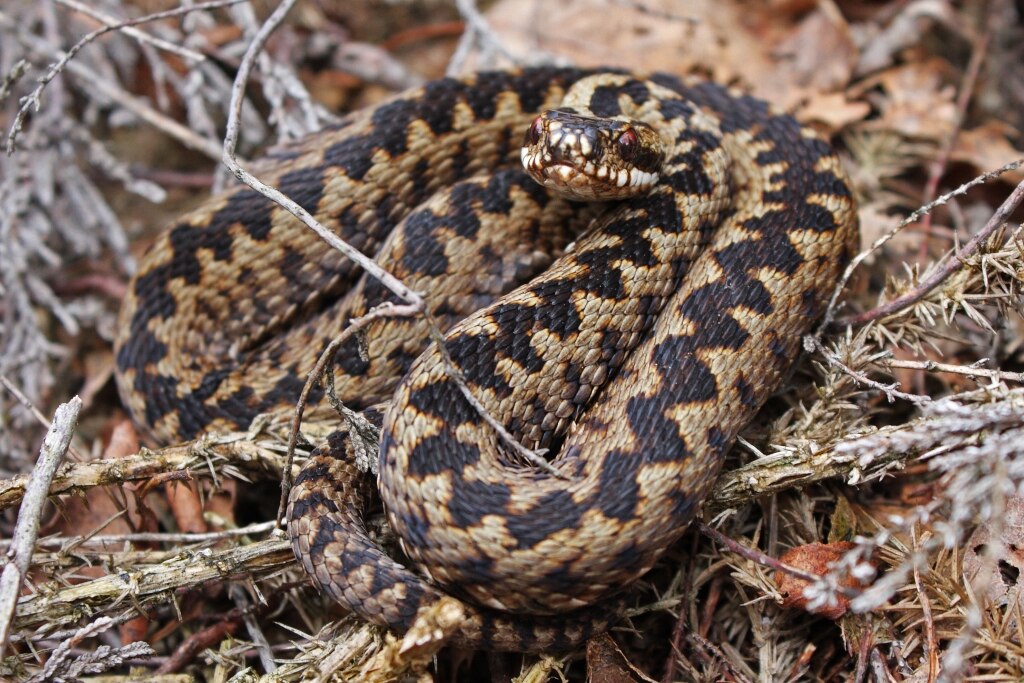
An interesting secondary benefit of evolving to resemble stones is the thermal advantage that pebble-mimicking snakes gain in their often harsh environments. Like the stones they resemble, these snakes can absorb and retain heat efficiently, allowing them to warm quickly in morning sun while minimizing movement that might expose them to predators. Their heat retention capabilities enable them to remain active during cooler periods when other reptiles might be forced into inactivity. Some species have developed specialized scales with microscopic structures that optimize heat absorption while minimizing water loss through evaporation. Research has shown that the dark and light mottling characteristic of their stone-like patterns creates micro-temperature zones across their bodies, giving them remarkable control over body temperature through subtle positional adjustments. This thermal efficiency represents a perfect example of how an adaptation primarily evolved for camouflage can provide additional survival benefits in challenging environments.
The Challenges of Detection: Why Humans Often Miss Them
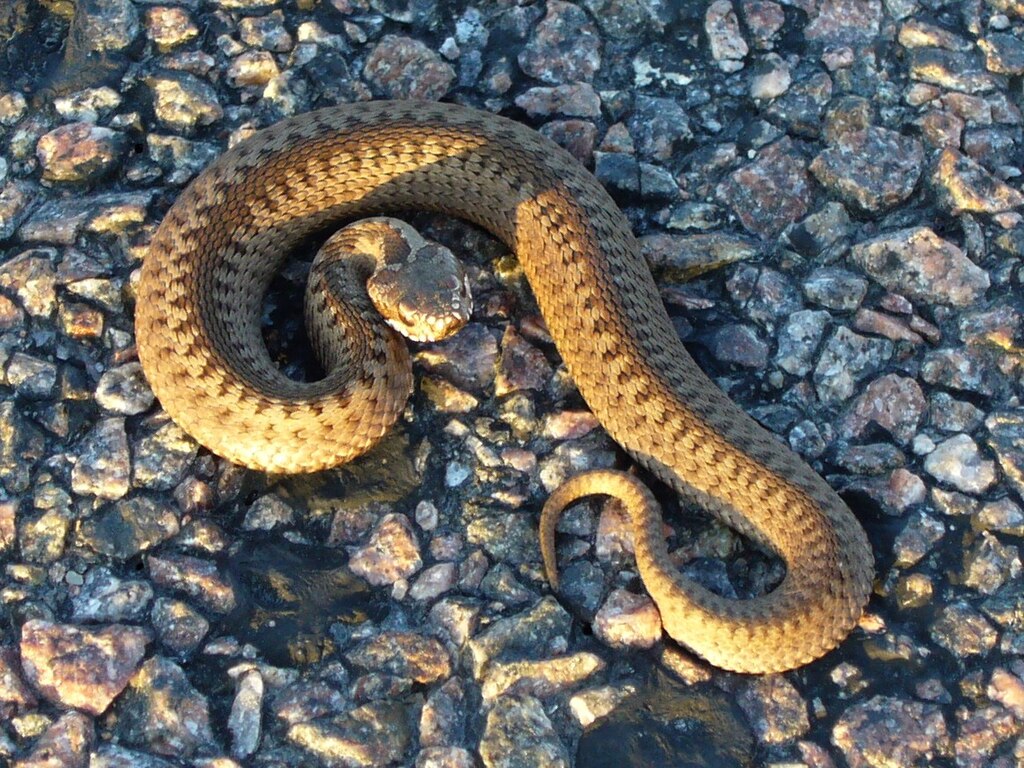
Even trained herpetologists and experienced field researchers frequently struggle to spot pebble-mimicking snakes in their natural habitat, despite actively searching for them. This difficulty stems from several factors beyond just the visual match between snake and surroundings. The human visual system is primarily designed to detect movement and distinctive patterns, making perfectly still, pattern-breaking objects particularly challenging to identify. Additionally, most people unconsciously scan environments for familiar snake shapes—elongated, sinuous forms—while pebble snakes often adopt compressed, irregular postures that don’t trigger our innate snake-recognition capabilities. Field studies have demonstrated that observers typically miss over 70% of camouflaged snakes during first sweeps of an area, only spotting them after extended, methodical searches or when the animals finally move. This incredible invisibility has important implications for understanding reported snake populations, as scientific surveys likely significantly undercount these masters of disguise.
Predator and Prey: The Ecological Role of Hidden Serpents
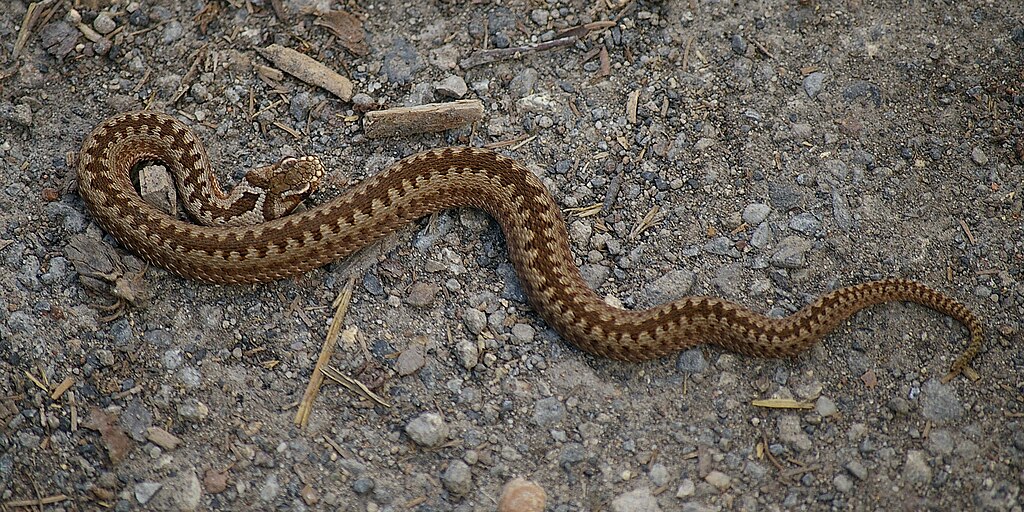
Despite their secretive nature, pebble-mimicking snakes play crucial roles in their ecosystems, serving as both predators and prey in complex food webs. As mid-level predators, these snakes help control populations of small mammals, lizards, and insects, preventing potential population explosions that could damage fragile desert and mountain ecosystems. Their hunting efficiency means they can survive in resource-poor environments where other predators might struggle, effectively converting scarce prey biomass into snake biomass that becomes available to higher predators. Large birds of prey, monitor lizards, and certain mammals specialize in detecting and consuming these well-hidden snakes, developing enhanced visual capabilities and hunting strategies specifically to overcome the snakes’ camouflage. Some research suggests that the presence of these specialized snake species increases overall biodiversity in their habitats by creating unique ecological niches and interaction webs that wouldn’t exist with more generalist predators.
Conservation Concerns: Threats to Camouflage Specialists

Despite their remarkable adaptations, many pebble-mimicking snake species face significant conservation challenges in the modern world. Habitat destruction represents their greatest threat, as specialized adaptations to specific substrate types make them particularly vulnerable to landscape changes. Mining operations, road construction, and urban development can destroy or fragment the precise habitat conditions these specialists require. Climate change poses additional risks, potentially altering the environmental conditions these snakes have specifically evolved to exploit. Their cryptic nature, while beneficial for survival, complicates conservation efforts as population assessments are difficult, often leading to delayed recognition of declining numbers. Several species of pebble-mimicking vipers appear on conservation watchlists, with some isolated populations already extirpated from areas where they were historically documented. Paradoxically, their remarkable camouflage can also lead to accidental human encounters, resulting in snake mortalities when people unknowingly step on or disturb these well-hidden reptiles.
Photographic Challenges: Capturing the Invisible
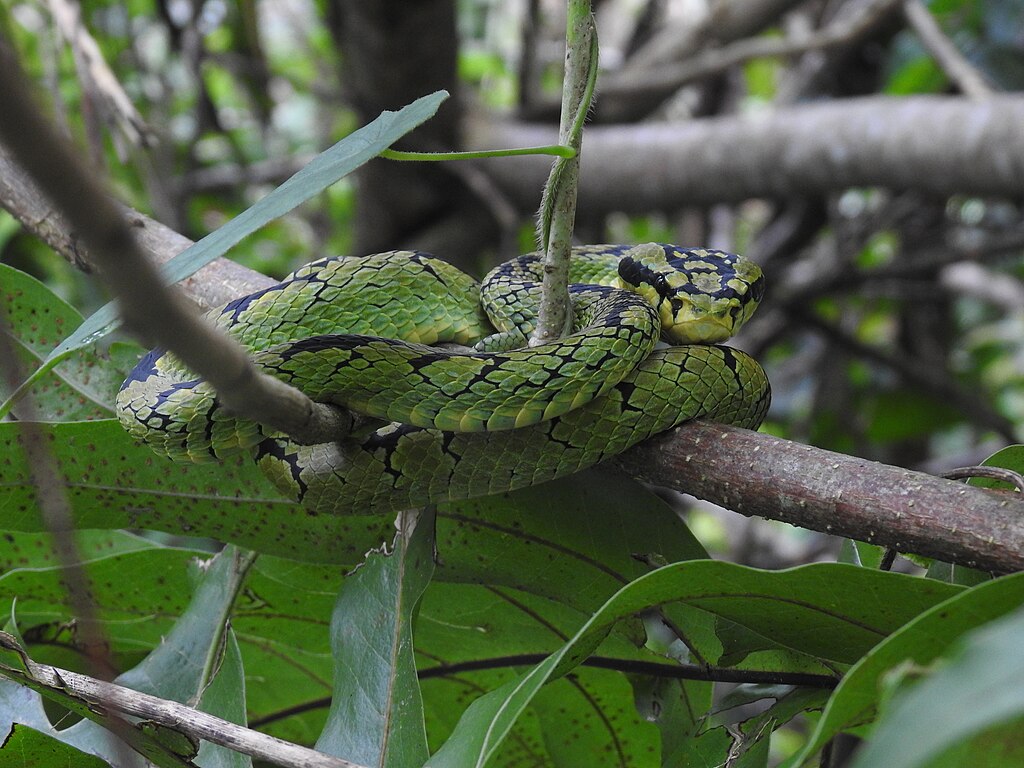
Wildlife photographers and documentary filmmakers face extraordinary challenges when attempting to document pebble-mimicking snakes in their natural habitat. Even with expert guides who know exactly where to look, capturing compelling images that demonstrate both the snake’s presence and its remarkable camouflage requires specialized techniques and considerable patience. Photographers often employ techniques like differential focusing, selective lighting, or subtle habitat manipulation to make the snake visible to viewers while still conveying its natural camouflage effectiveness. Time-lapse photography has proven particularly valuable, recording the rare moments when these snakes move and reveal themselves after long periods of stillness. The photographic record of these species remains relatively sparse compared to more visible snake species, with truly stunning images being prized among wildlife photographers. Some of the most effective documentation combines “find the snake” challenge images with reveal shots, allowing viewers to experience firsthand the remarkable effectiveness of the camouflage.
Mythological Connections: Cultural Perspectives on Invisible Snakes
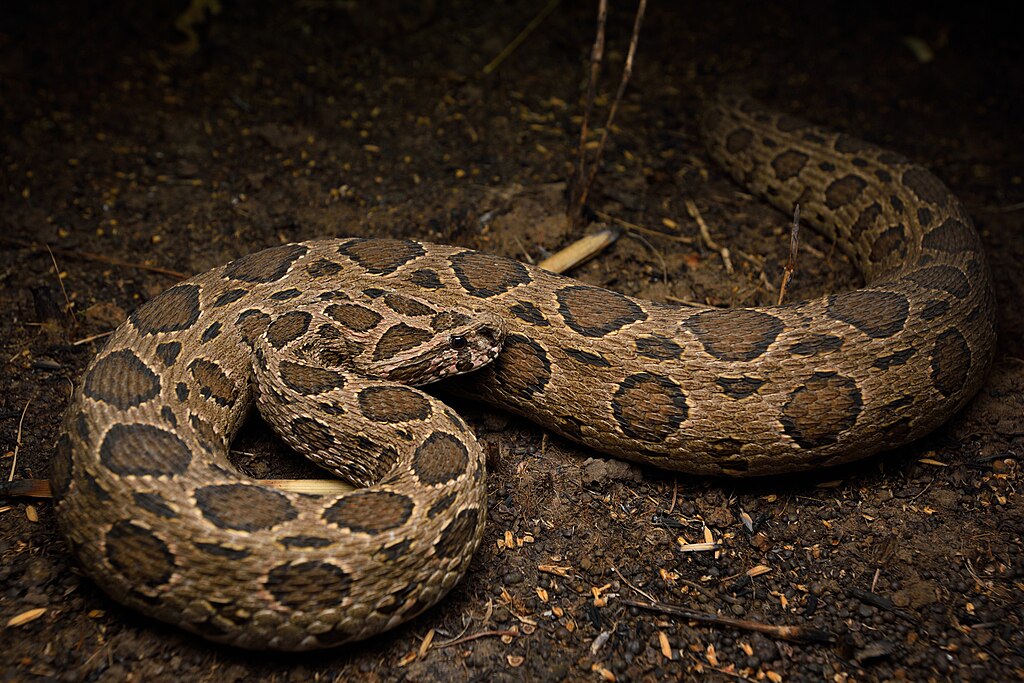
The ability of certain snakes to seemingly appear from nowhere has influenced human mythology and folklore across cultures for millennia. In many indigenous traditions from regions where pebble-mimicking snakes are common, these serpents are associated with magic, transformation, and the boundaries between worlds. North African folklore features tales of desert spirits that take the form of stones before transforming into snakes to test or challenge travelers. Among certain Native American tribes of the Southwest, stone-like serpents were believed to be guardians of underground mineral wealth, capable of appearing and disappearing at will. The Biblical reference to the “adder in the path” may reflect ancient Middle Eastern encounters with camouflaged vipers on rocky trails. These cultural narratives reflect human fascination with and wariness toward creatures that challenge our perception and seem to transcend normal physical limitations. Even in contemporary culture, the concept of the hidden snake continues to serve as a powerful metaphor for concealed danger or unexpected revelation.
Evolving Understanding: Modern Research and Discoveries
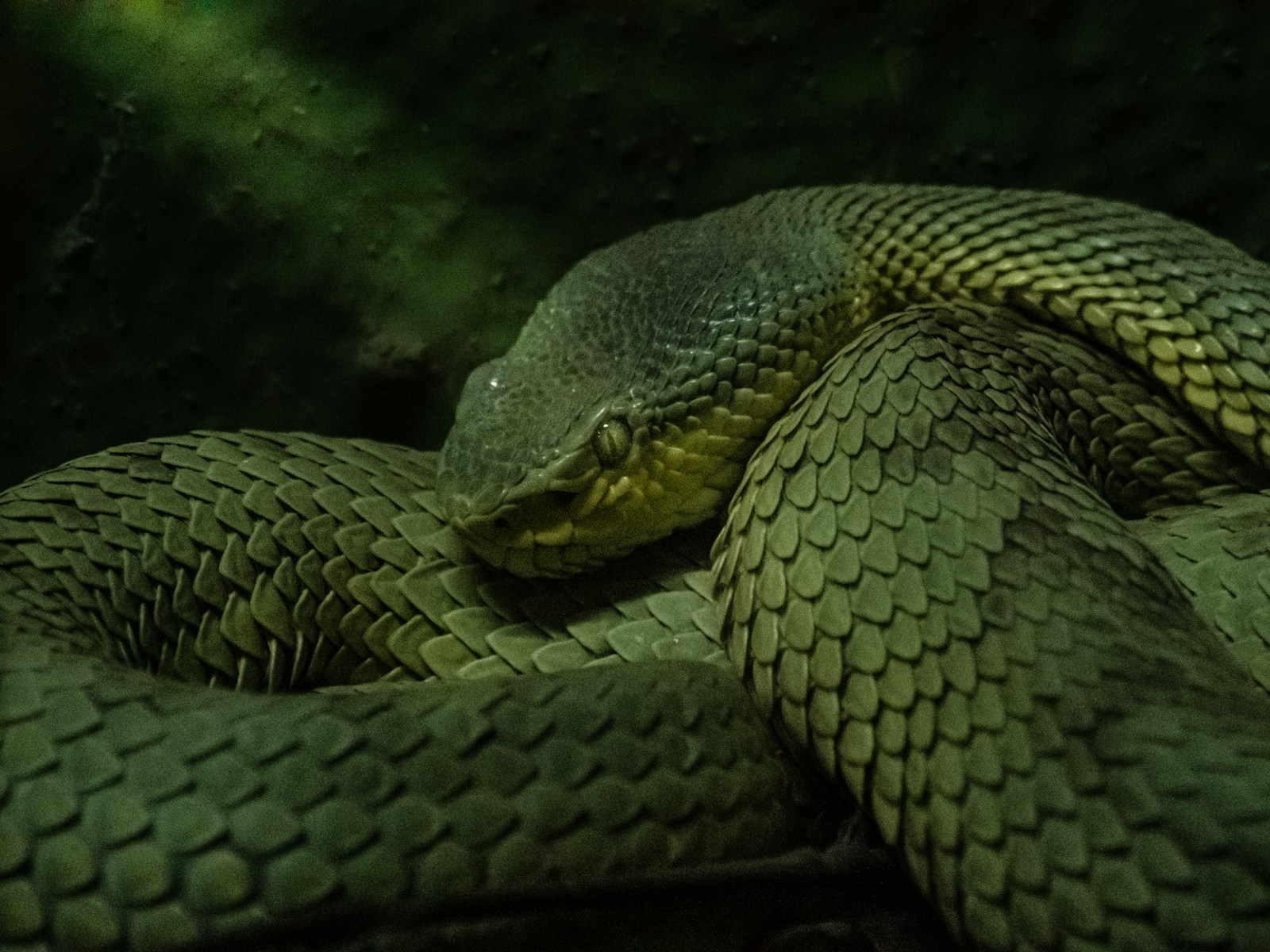
Scientific understanding of pebble-mimicking snakes continues to evolve through innovative research methodologies. Recent studies using spectrophotometry have revealed that some species’ scales reflect light in patterns invisible to the human eye but detectable to their natural predators, suggesting even more sophisticated camouflage than previously recognized. Genetic research has identified specific gene complexes responsible for pattern development, with evidence that these genes can rapidly adapt to changes in substrate coloration over relatively few generations. Field studies employing thermal imaging and advanced tracking techniques have revealed previously unknown aspects of these snakes’ movement patterns and habitat utilization. One particularly fascinating area of current research involves biomimicry applications, with materials scientists studying the light-scattering properties of these snakes’ scales to develop new types of camouflage technology. As research tools become more sophisticated, our appreciation for the complexity and effectiveness of these snakes’ adaptations continues to deepen, revealing evolutionary refinements that exceed even the most advanced human-designed camouflage systems.
The pebble-mimicking snake represents one of nature’s most perfect examples of evolutionary adaptation—a living testament to the power of natural selection to craft solutions that border on the magical. These remarkable reptiles, with their ability to vanish among the stones, remind us how much of the natural world remains hidden in plain sight, challenging our perception and understanding. As we continue to study and appreciate these masters of disguise, they offer valuable lessons in adaptation, specialization, and survival against the odds. For those fortunate enough to spot one of these camouflage artists in the wild, the experience provides a rare glimpse into the endless creativity of evolution and the extraordinary lengths to which living creatures will go to survive and thrive in their chosen niches.





